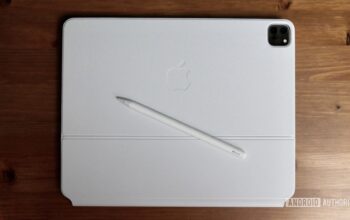Robert Triggs / Android Authority
Google Photos was released on May 28, seven years ago, ushering in a new era for photo backups on Android and at large. The service stood out as one of the best photo editing apps thanks to its free unlimited backups, smart categorization, sharing features, and a suite of editing tools. And the feature set has only grown since 2015.
Despite having had plenty of time to familiarize ourselves with the app, there are several nifty features that you might have yet to discover. Here are a few of the best hidden and underrated Google Photos features to help you make the most of editing and organizing your snaps.
Pinch to change the thumbnail size
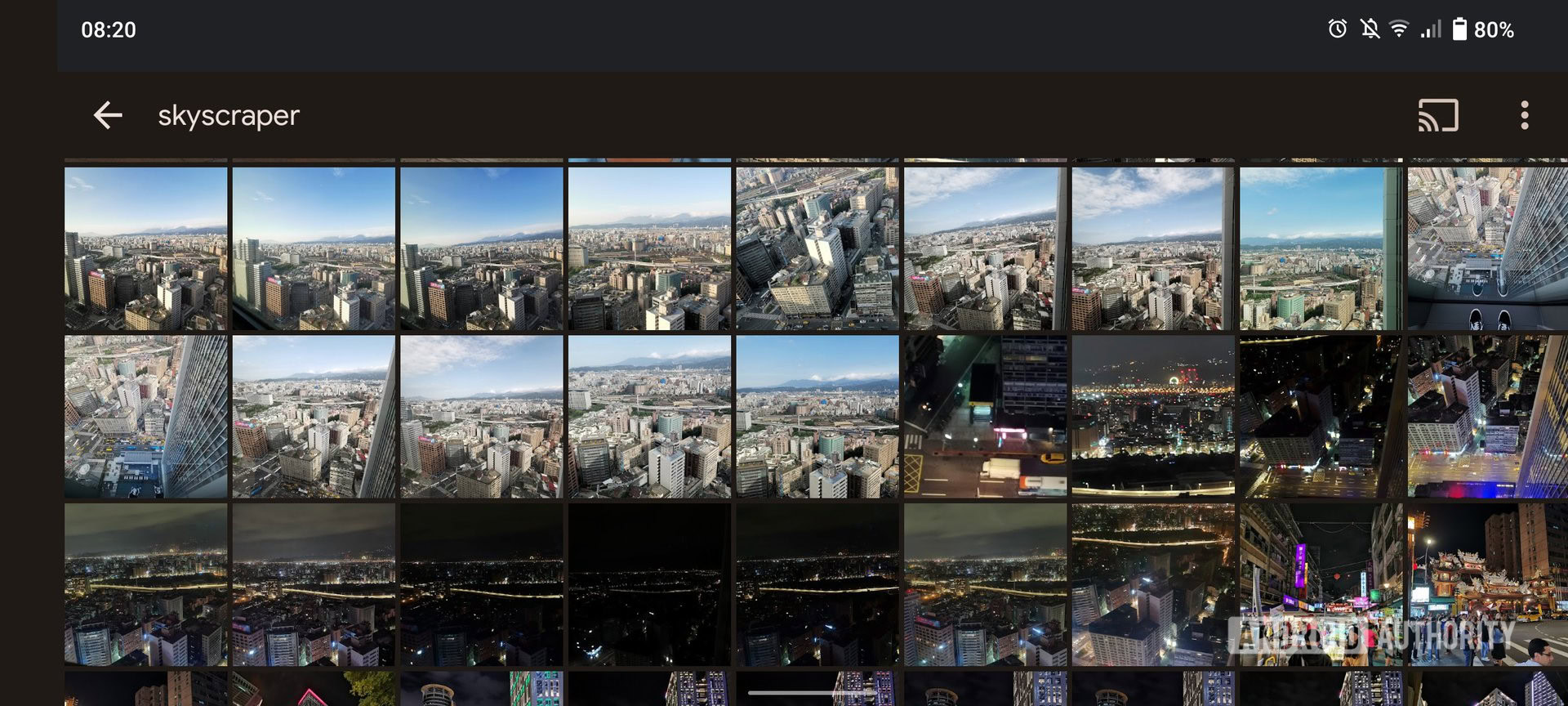
Hadlee Simons / Android Authority
Believe it or not, it took me writing this article to figure out that you can pinch within the Google Photos app (from the Photos tab) to change the size of image thumbnails. Pinch zoom isn’t confined to the main library; it works when searching and browsing Photos’ automatic Places and Things albums.
Simply pinch inwards to zoom out to see up to 36 little square thumbnails, which is super handy when you want to see more images at once. Otherwise, you can pinch outwards to have a minimum of 10 thumbnails on-screen at once, better for a closer look and to see which shots are landscape and portrait.
Perspective correction
Take a lot of photos of documents and cityscapes? Then the perspective correction tool might be for you (the icon to the left of “Reset” when editing a photo). This tool allows you to straighten or flatten out documents and buildings.
It takes a little practice to perfect the perspective by dragging the four corner points around the relevant subject. Results can be pretty cool though, and it’s particularly useful if you need to print a document when the picture was taken at a slight angle.
Editing the sky
Sky adjustments aren’t as drastic as Xiaomi’s skyscraping functionality, which lets you swap out your photo’s cloudy sky for a completely blue sky or starry night. Still, it’s a neat tool for subtle tweaks to a scene’s lighting and mood.
Google One extras
Staying with Google One and Pixel exclusive features, Google Photos has plenty more extra tools for paying customers. These can generally be found via edit > tools and are marked with a “1” icon for Google One customers.
Options include Color Focus to wash out background colors and make your subject pop. Portrait Light editing allows you to change the direction of light coverage on your face. Blur is particularly useful; not only does it adjust the intensity of background bokeh but it can also add it to older portraits that didn’t have blur originally.
Locked folder and archive functionality
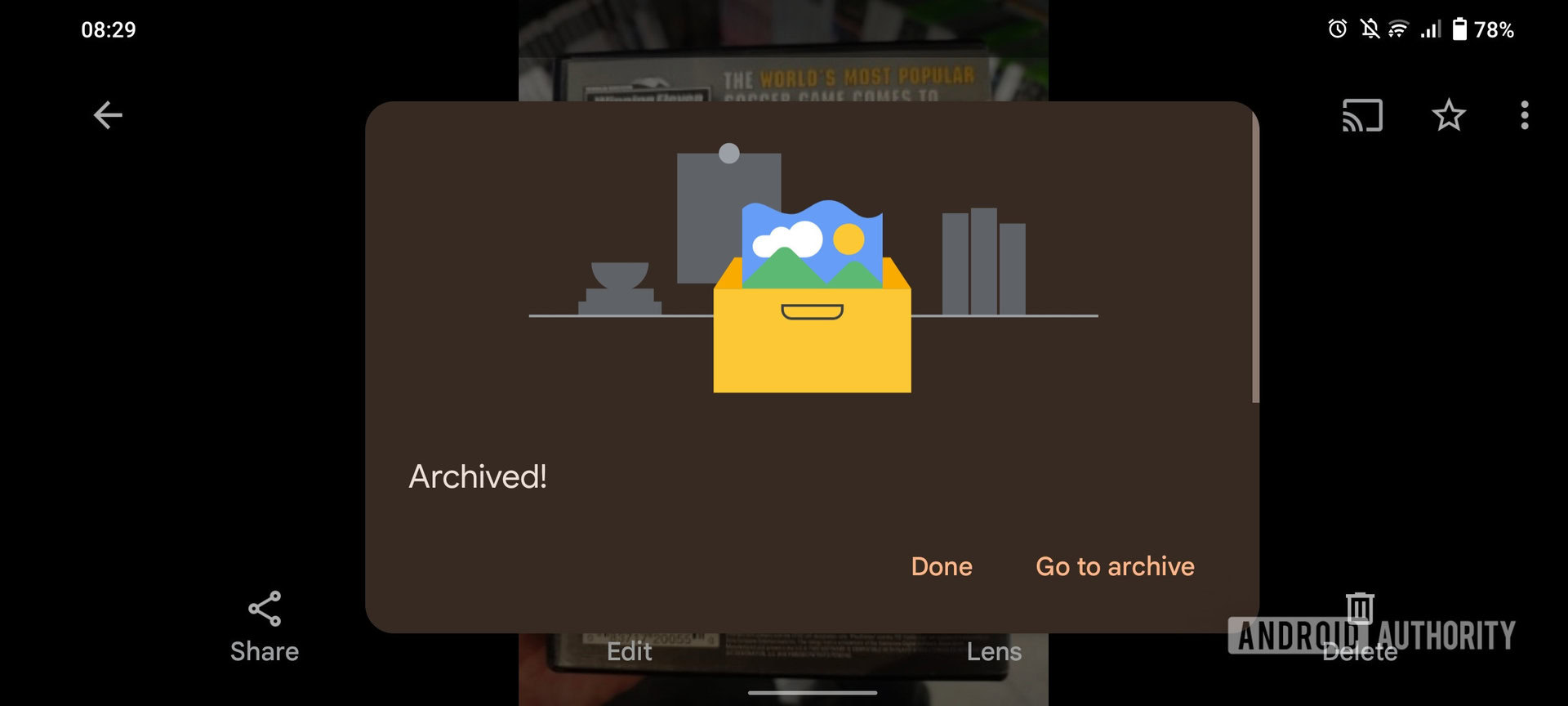
Hadlee Simons / Android Authority
There are times when you don’t want certain photos or videos to appear in your default Google Photos stream. It could be sensitive material or something as innocuous as receipts and other documents. The service has two functions to address these conundrums.
There’s locked folder functionality for starters (three-dot menu > Move to Locked Folder), which lets you hide snaps behind your device’s screen lock. These items won’t be backed up and can’t be shared either, and they’ll be deleted if you uninstall Google Photos. They also won’t be moved to a new device automatically if you switch phones.
File safe coverage: What is Samsung Secure Folder and how can you make the most of it?
Archive functionality, on the other hand, simply lets you move photos and videos out of the standard Google Photos stream. This is handy for images you want to keep but don’t want to see in the library. Think screenshots or pictures of paperwork. Items can be moved to the archive by tapping three-dot menu > Move to Archive.
In both cases, you can access the archive and locked folder via the library tab in Google Photos.
Manual face tagging
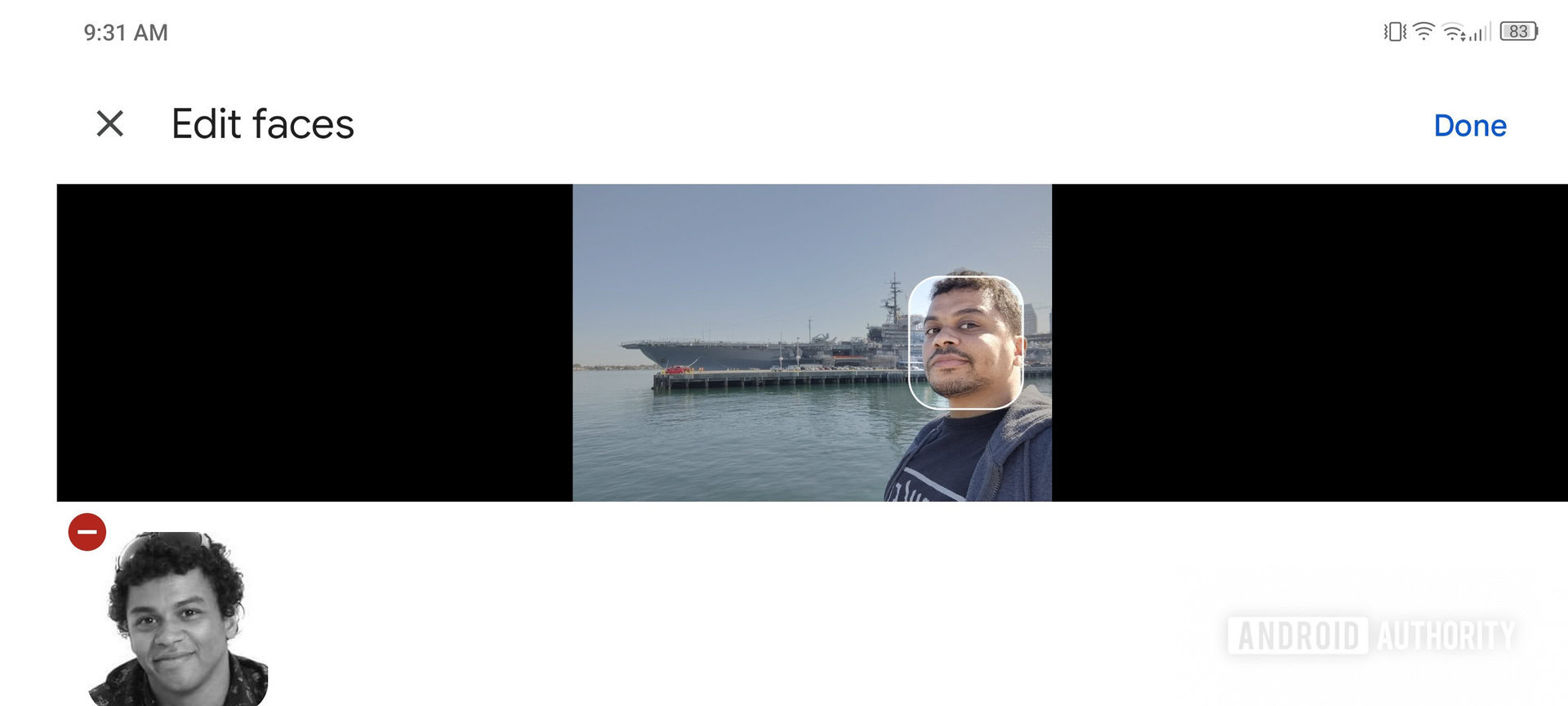
Hadlee Simons / Android Authority
That’s where manual face tagging comes in — you can tag and untag an image of your own accord. All you need to do is navigate to the photo in question, tap the three-dot menu in the top-right corner, and hit the pencil icon in the People field. From here, you can tap the tagged face below the main image to view and select another person to tag.
Search for words in images
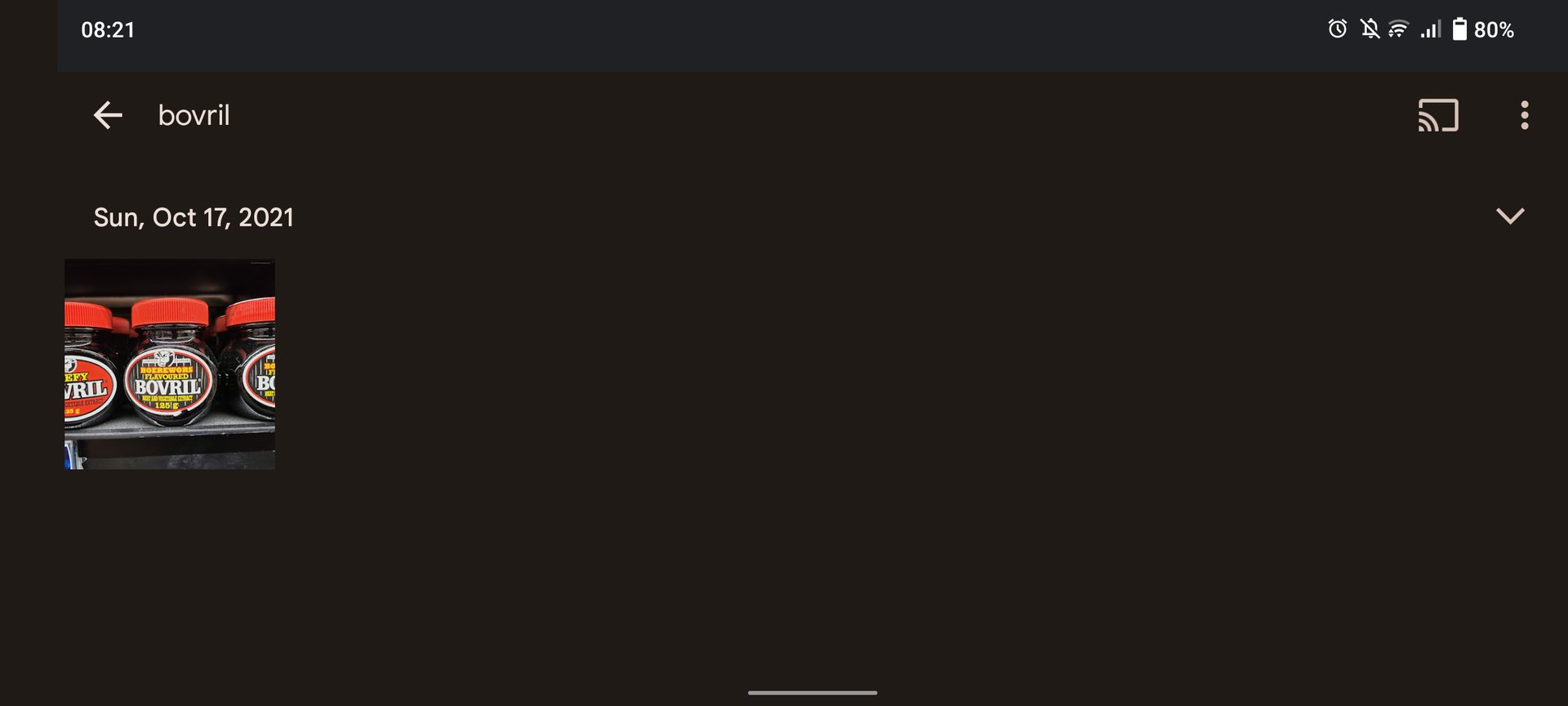
Hadlee Simons / Android Authority
Google Photos has had optical character recognition (OCR) smarts for a while now, allowing it to recognize text in photos. Best of all, you can search for words, and the service will use OCR to see if these words appear in your images.
I use this pretty often when I need to type the Wi-Fi password in a new review device. I simply search for “router” and Google Photos will find the picture I took of my Wi-Fi password, as the word “router” appears in the photo too. It’s not perfect, as the service will also show me pictures of other gadgets that it (incorrectly) thinks are routers. But it’s still something I’ve found super handy.
Up next: The best Google Photos alternatives
Are there any other under-the-radar features for Google Photos? Let us know by leaving a comment below!

